Research from Interventions Testing Program on astaxanthin represents advance in longevity supplements field.
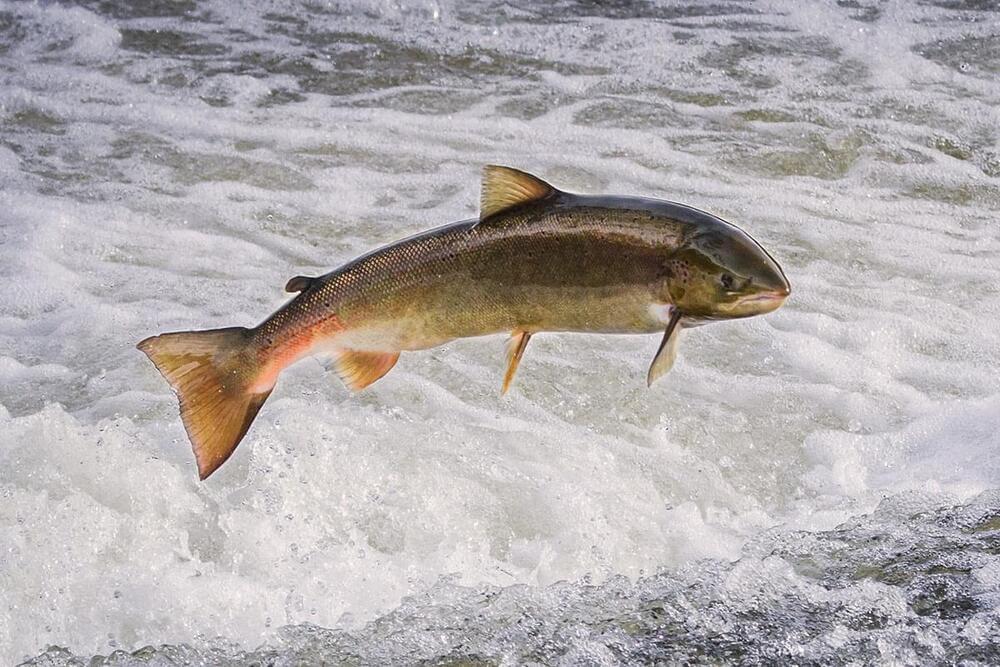


according to a retrospective cohort study.
Poor vision is associated with risks for falls and fractures, but details about risks associated with specific eye diseases are less clear. In this retrospective U.K. cohort study, researchers identified nearly 600,000 patients (mean age, 74) with cataracts, glaucoma, or age-related macular degeneration (AMD) and compared them with age-and sex-matched control patients who did not have eye diseases. Falls and fractures were tracked for a median of about 4 years. Analyses were adjusted for a wide range of chronic diseases and medications that increase risk for falls.
Compared with controls, patients with eye diseases had significantly higher hazard ratios for falls and fractures: HRs ranged from 1.18 to 1.38 for the three eye-disease groups. The incidence rates for falls per 100,000 person-years were about 1,800 to 2,500 for the three eye-disease groups, compared with 620 to 850 for control groups. For fractures, the corresponding incidence rates for the three eye-disease groups were 970 to 1,290, compared with 380 to 500 for control groups.
The absolute and relative risks for falls and fractures were similar for all 3 eye-disease groups. An unexplained fall, particularly an injurious one, should prompt primary care clinicians to explore visual impairment as a potential cause or contributing factor.
Agemica founder Ronjon Nag on the moonshot company he believes will develop a vaccine for aging and make a dramatic difference to lifespan.
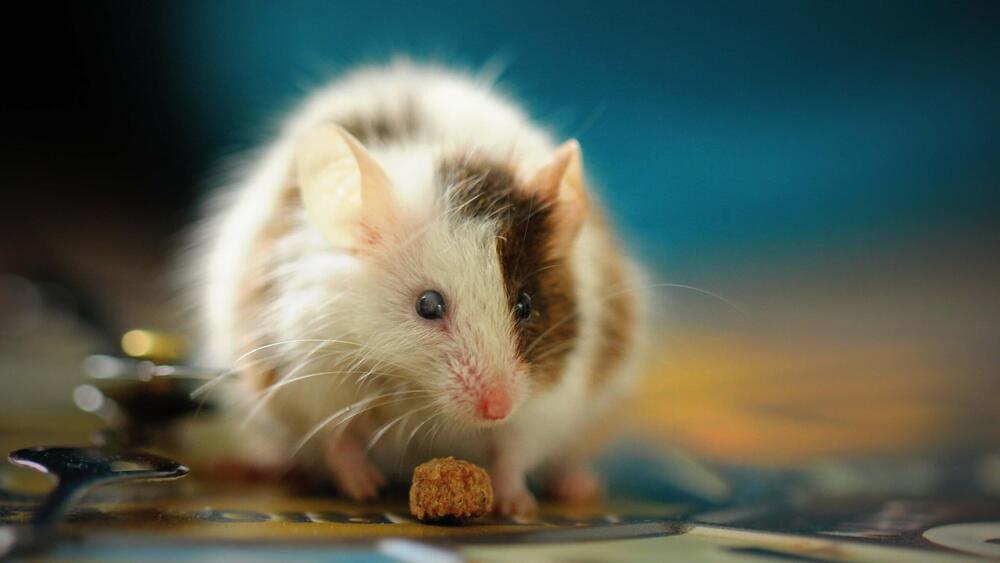
When young, these neurons signal fatty tissues to release energy fueling the brain. With age, the line breaks down. Fat cells can no longer orchestrate their many roles, and neurons struggle to pass information along their networks.
Using genetic and chemical methods, the team found a marker for these neurons—a protein called Ppp1r17 (catchy, I know). Changing the protein’s behavior in aged mice with genetic engineering extended their life span by roughly seven percent. For an average 76-year life span in humans, the increase translates to over five years.
The treatment also altered the mice’s health. Mice love to run, but their vigor plummets with age. Reactivating the neurons in elderly mice revived their motivation, transforming them from couch potatoes into impressive joggers.
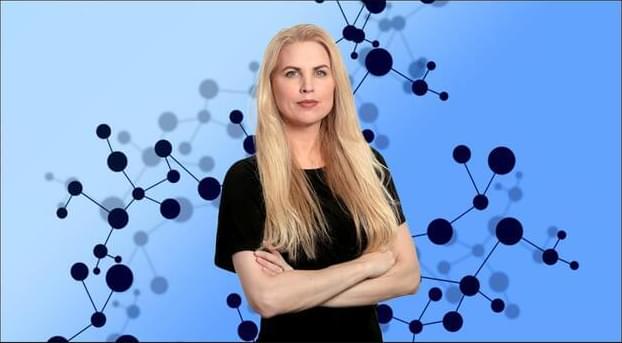

Take a deep dive with NFX into the hottest longevity startups, exploring the mindset of the Founders and why they’re on a mission to keep healthy people healthy, to redesigned healthcare that prevents us from falling into disability and disease over time.
Solving this holds incredible financial and societal value — we have only a few decades left.
Follow to learn more on longevity — https://www.nfx.com/library/bio
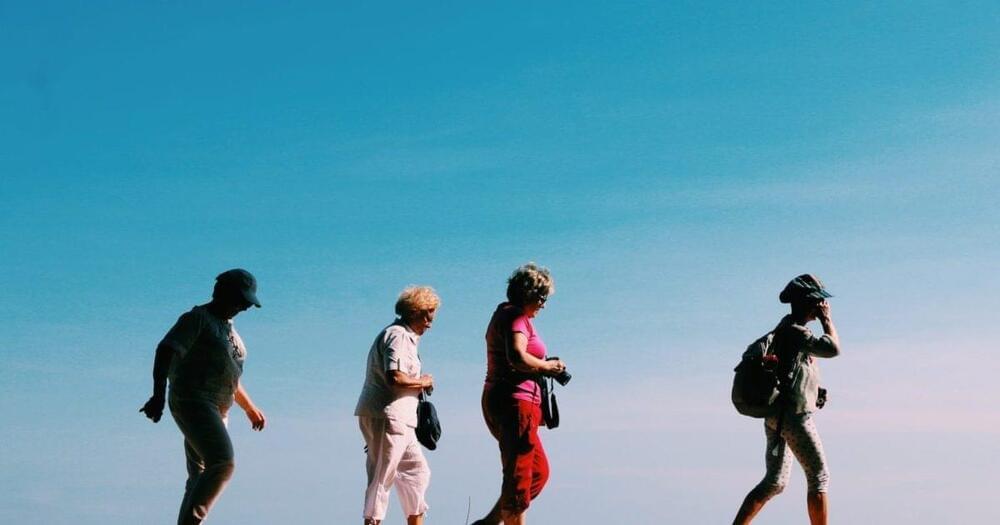
Those hoping to avoid one of the worst side effects of aging—bone, joint and muscle pain that doesn’t go away—might need to exercise a lot harder and more often than previously believed.
According to a new study, only high levels of activity at least once a week—playing tennis, running, swimming, digging with a spade, or doing hard physical labor as part of your job—appears to help ward off chronic musculoskeletal pain in the long-term.
The study, led by Dr. Nils Niederstrasser at the University of Portsmouth, examined the data of 5,802 people aged 50 or more over ten years.
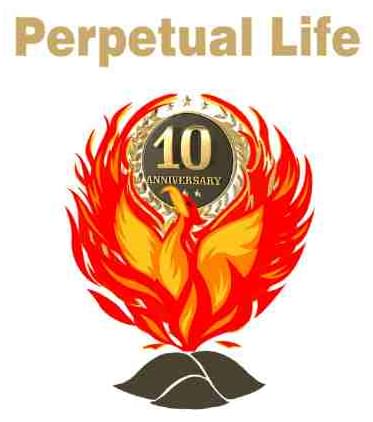
Join us at 5:00 pm EST (11:00 pm UTC) for our Perpetual Life Hybrid Party live from our new location at 950 South Cypress Road in Pompano Beach, FL, and socialize with Immortalists from Around the World, hosted by hosted by Tonya Scholz and Rudi Hoffman. (Registration link at http://perpetual.life).
Stay “In Zoom” for our 7:00 pm (12:00 am-midnight UTC) YouTube Streaming Service with José Luis Cordeiro presents, “The Death of Death: Advances Towards Immortality Around the World”
Jose will be live for Q & A after the presentation.

(BRLS), formerly known as Life Extension Foundation, Inc., is one of the world’s leading providers of financial support for otherwise unfunded research in the areas of cryobiology, interventive gerontology and cryonics. During the last decade alone, BRLS awarded more than $100 million in grants to highly-specialized cryogenic research organizations.
BRLS is exempt from taxation under Internal Revenue Service code Section 501©(4)1, and is operated exclusively to promote social welfare through scientific research and education. BRLS was founded in 1977, and since then, we have awarded hundreds of grants to scientists throughout the United States who are personally committed to our mission. These dedicated professionals take extraordinary steps to make their research as cost-effective as possible. We are careful to commit our research dollars to projects that are difficult or impossible to fund through government and institutional grants or other sources.